Temple Complexes
An Introduction to Temple Complexes
The temple complex is a location which enshrines the Supreme God (Sangje), Kang Jeungsan, and the other deities in 15 Divine positions (15 Shin-wi) at the Shrine of Gods known as ‘Yeongdae.’ Given that it is the enshrinement site of the great deities of Heaven and Earth, the temple complex is a holy ground wherein the greatest degree of devotional sincerity and respectfulness should be maintained. Ritualistic activities such as Devotional Offering Ceremonies (Chiseong), Temple Acclimation (Chambae) and Headquarters Offerings (Bonbuseong) are held here alongside a variety of other religious gatherings. Furthermore, the temple complex is the ground of cultivation wherein the Dao cohorts of Daesoon Jinrihoe practice Holy Works (Gongbu) and Prayer (Gido) as well as attending educational courses (Sugang and Yeonsu).
Every building in the temple complex expresses both the cosmology of Daesoon Jinrihoe and also the doctrinal philosophy of the Resolution of Grievances for Mutual Beneficence (Haewon-sangsaeng).
Throughout Korea, there are five temple complexes beginning with Yeoju Headquarters Temple Complex and also including Junggok Temple Complex, Jeju Training Temple, Pocheon Cultivation Temple Complex, and Geumgangsan Toseong Training Temple Complex. Junggok Temple Complex began its construction in Seoul underneath Mount Yongma in 1969 and was completed in 1971.
The majority of structures now known as Yeoju Headquarters Temple Complex were first built as the ‘Yeoju Cultivation Temple Complex’ which was erected in Yeoju, Gyeonggi Province back in 1986. Afterwards in 1990, Bonjeon Hall (Main Sanctuary Building) was built as an extension, and in 1993, the designation of headquarters was rescinded from Junggok Temple Complex and bestowed upon Yeoju Cultivation Temple Complex thereby resulting in its re-designated ‘Yeoju Headquarters Temple Complex.’ The headquarters temple complex has the following administrative offices: Planning Department, General Affairs Department, Department of Religious Research and Edification, and Department of Cultivation Affairs.
Jeju Training Temple was erected in 1989 in Nohyeong-dong. In 1992, Pocheon Cultivation Temple Complex was erected in Seondan-dong below Mount Wangbang in Pocheon, Gyeonggi Province. In 1996, Geumgangsan Toseong Training Temple Complex was built in Goseong, Gangwon Province and is located on the foothills of the first summit of Sinseon Peak of Mount Geumgansan.
The temple complexes of Daesoon Jinrihoe harmonize traditional Korean wooden building construction with modern architectural techniques. Each temple complex takes the Shrine of Gods (Yeongdae), as its center and other buildings stand around it. The borders of the premises are marked by gates such as ‘Ilgakmun Gate,’ ‘Pojeongmun Gate,’ and ‘Sungdomun Gate,’ and structures such as Jonggak Bell Pavilion and Noehwago Drum Pavilion are also arranged throughout the complex. The exterior of all the buildings in the temple complexes are harmoniously decorated in Dancheong (beautiful and majestic traditional Korean multi-colored paintwork featured on wooden buildings). Additionally, the buildings are characterized by the way in which they are decorated with a large variety of murals that depict key religious themes.
Every building in the temple complex expresses both the cosmology of Daesoon Jinrihoe and also the doctrinal philosophy of the Resolution of Grievances for Mutual Beneficence (Haewon-sangsaeng).
Throughout Korea, there are five temple complexes beginning with Yeoju Headquarters Temple Complex and also including Junggok Temple Complex, Jeju Training Temple, Pocheon Cultivation Temple Complex, and Geumgangsan Toseong Training Temple Complex. Junggok Temple Complex began its construction in Seoul underneath Mount Yongma in 1969 and was completed in 1971.
The majority of structures now known as Yeoju Headquarters Temple Complex were first built as the ‘Yeoju Cultivation Temple Complex’ which was erected in Yeoju, Gyeonggi Province back in 1986. Afterwards in 1990, Bonjeon Hall (Main Sanctuary Building) was built as an extension, and in 1993, the designation of headquarters was rescinded from Junggok Temple Complex and bestowed upon Yeoju Cultivation Temple Complex thereby resulting in its re-designated ‘Yeoju Headquarters Temple Complex.’ The headquarters temple complex has the following administrative offices: Planning Department, General Affairs Department, Department of Religious Research and Edification, and Department of Cultivation Affairs.
Jeju Training Temple was erected in 1989 in Nohyeong-dong. In 1992, Pocheon Cultivation Temple Complex was erected in Seondan-dong below Mount Wangbang in Pocheon, Gyeonggi Province. In 1996, Geumgangsan Toseong Training Temple Complex was built in Goseong, Gangwon Province and is located on the foothills of the first summit of Sinseon Peak of Mount Geumgansan.
The temple complexes of Daesoon Jinrihoe harmonize traditional Korean wooden building construction with modern architectural techniques. Each temple complex takes the Shrine of Gods (Yeongdae), as its center and other buildings stand around it. The borders of the premises are marked by gates such as ‘Ilgakmun Gate,’ ‘Pojeongmun Gate,’ and ‘Sungdomun Gate,’ and structures such as Jonggak Bell Pavilion and Noehwago Drum Pavilion are also arranged throughout the complex. The exterior of all the buildings in the temple complexes are harmoniously decorated in Dancheong (beautiful and majestic traditional Korean multi-colored paintwork featured on wooden buildings). Additionally, the buildings are characterized by the way in which they are decorated with a large variety of murals that depict key religious themes.
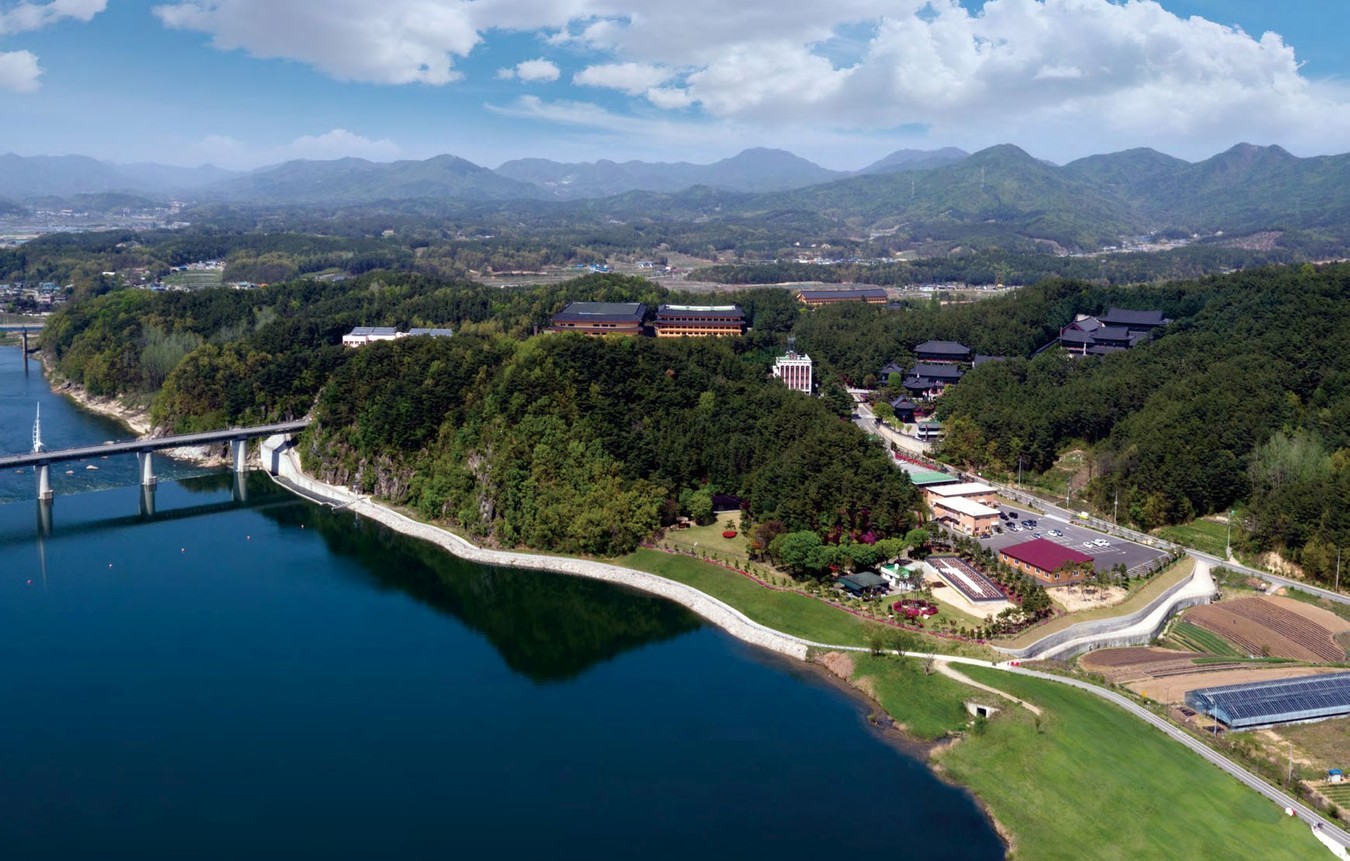
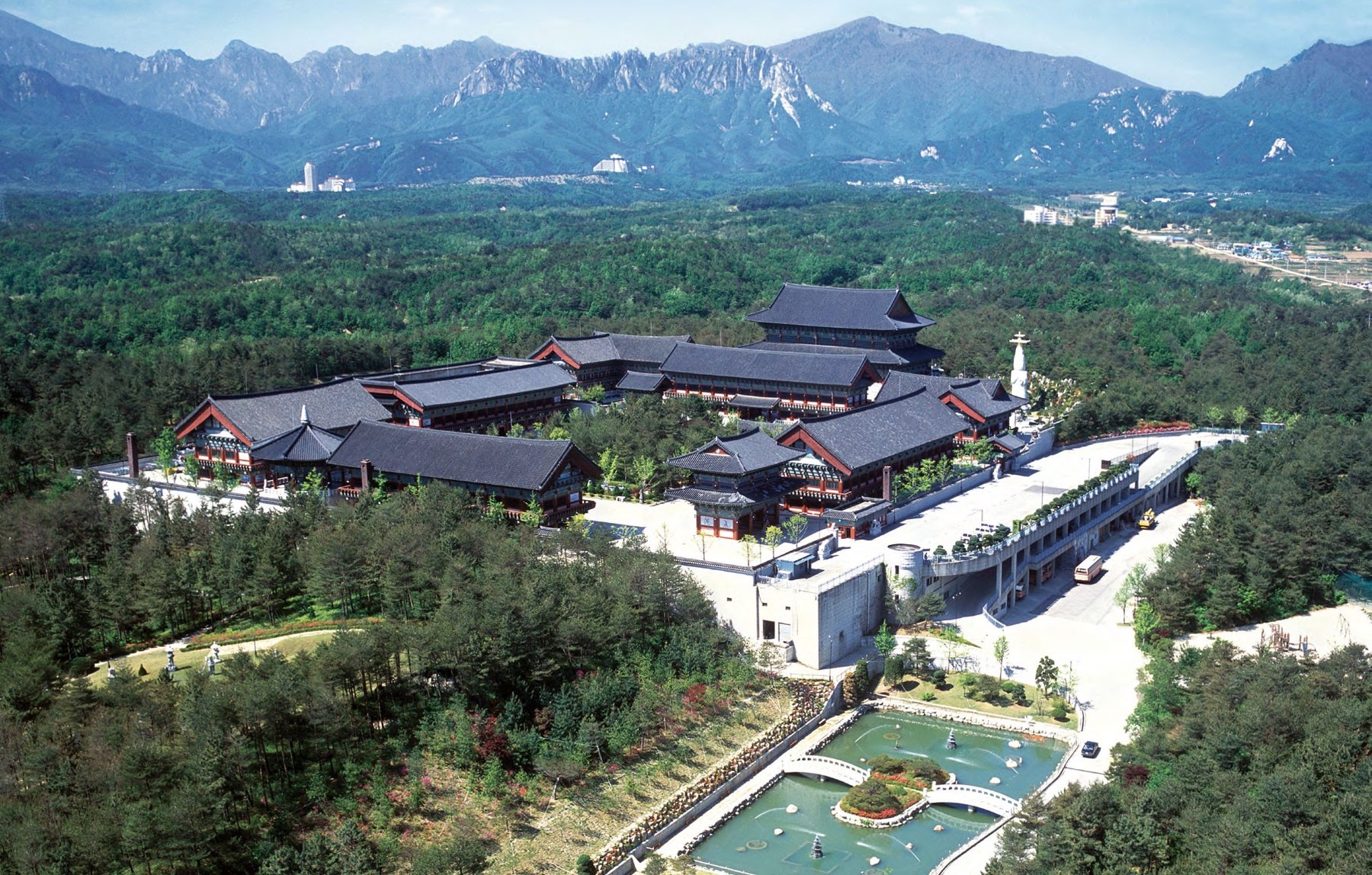
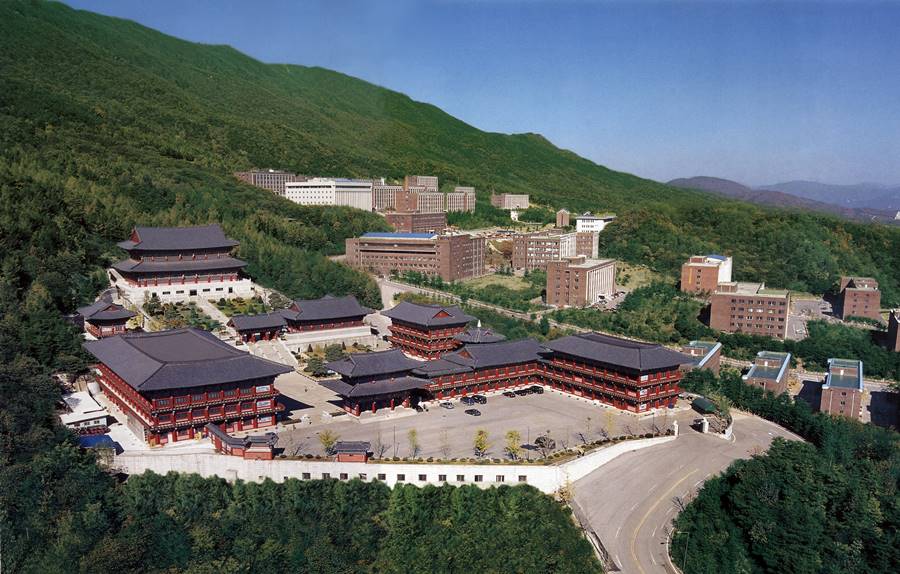
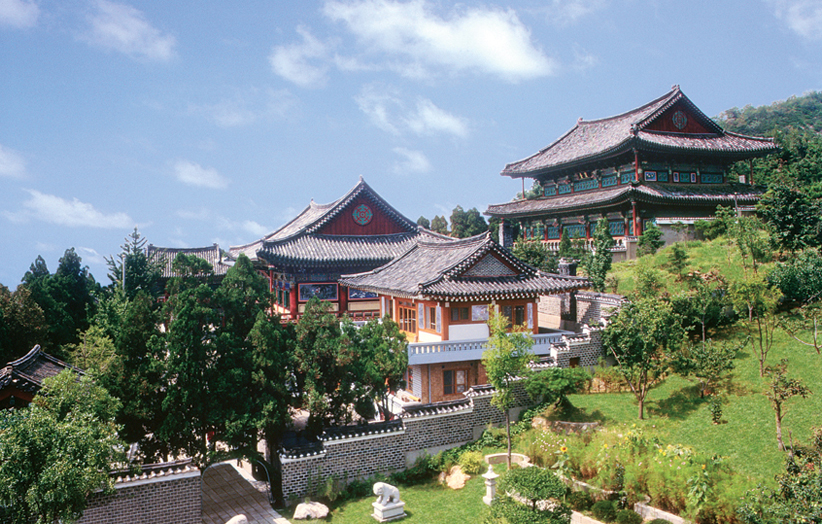
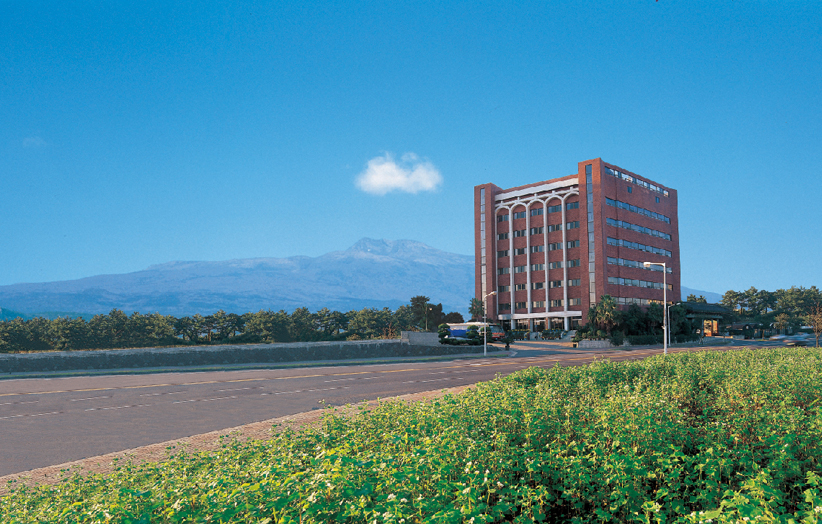

 DAEJIN UNIVERSITY
DAEJIN UNIVERSITY BUNDANG JESAENG HOSPITAL
BUNDANG JESAENG HOSPITAL DAESOONJINRIHOE WELFARE FOUNDATION
DAESOONJINRIHOE WELFARE FOUNDATION DAEJIN INTERNATIONAL VOLUNTEERS ASSOCIATION
DAEJIN INTERNATIONAL VOLUNTEERS ASSOCIATION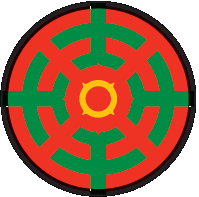 Daesoon Institute of Religion and Culture
Daesoon Institute of Religion and Culture DAEJIN HIGH SCHOOL
DAEJIN HIGH SCHOOL DAEJIN GIRL'S HIGH SCHOOL
DAEJIN GIRL'S HIGH SCHOOL DAEJIN DESIGN HIGH SCHOOL
DAEJIN DESIGN HIGH SCHOOL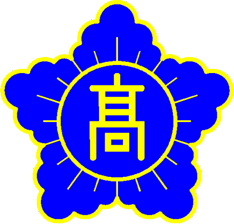 BUSAN DAEJIN HIGH SCHOOL
BUSAN DAEJIN HIGH SCHOOL ILSAN DAEJIN HIGH SCHOOL
ILSAN DAEJIN HIGH SCHOOL BUNDANG DAEJIN HIGH SCHOOL
BUNDANG DAEJIN HIGH SCHOOL THE DAESOON YOUTUBE
THE DAESOON YOUTUBE